In drop forging, a hammer is lifted and then 'dropped' upon a heated piece of metal to bend it into the shape of the die or tool. The structure of the metal is softened by preheating it, which implies it can be distorted into the desired shape in a controlled manner. Read More...
All Metals & Forge Group is your ISO9001:2008 and AS/EN9100:2009 registered forging facility. All Metals provides a wide range of materials, products and services, including discs, shafts, sleeves, cylinders, plates, blocks and many other shapes, both stock and custom, satisfying all of their customers’ requirements. Give All Metals & Forge Group a chance to satisfy your needs— you’ll be...

Open die forging by Anderson Shumaker represents the best in high quality, custom forgings. Our open die forging services covers a variety of forged shapes and forging materials and can be complimented by one of our many other forging services. Anderson Shumaker is the forging specialist, with the equipment and craftsmen to produce the highest quality forgings. Anderson Shumaker forgings will...
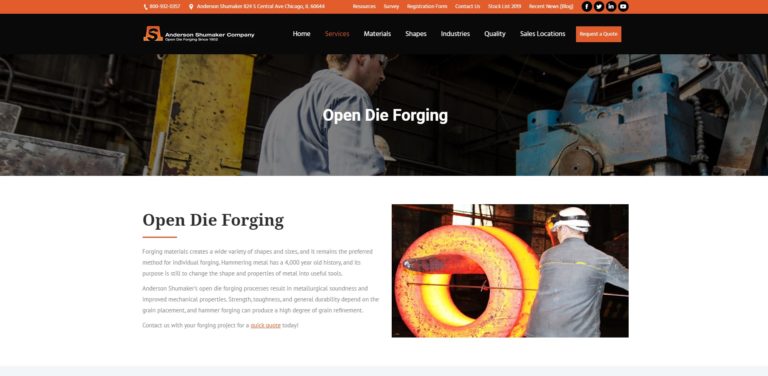
More Drop Forging Companies
What is Drop Forging?
Drop forging is divided into two categories. There are two types of drop forging: open-die and closed-die. As the name implies, closed-die drop forging completely covers the item being forged, whereas open-die drop forging does not.

Drop Forging Process
The drop forging process includes:
Open-Die Drop Forging
Smith forging is another name for open-die forging. During the process, a hammer blow is used to strike the workpiece, which is positioned on a stationary anvil. Because the dies do not completely enclose the item being forged, the term “open-die” was coined.
Open-die drop forging implies the workpiece can flow in any direction except when it comes into contact with the dies. As a result, the operator must be more proactive in the process and position the metal to achieve the correct form.
Although most dies are flat, others feature a curved surface used to reshape the metal. A concave or convex arch, for example, could be used to give the metal a rounded appearance.
Huge bars and shafting, large discs, and cylinders are common examples of things that can be manufactured utilizing open-die forging. Huge bars and shafting, large discs, and cylinders are common examples of things that can be manufactured utilizing open-die forging.
Cogging
Cogging is a subprocess of open-die drop forging in which a workpiece is compressed using flat or slightly curved dies to reduce thickness and increase breadth or length. The item to be forged is enormous in relation to the size of the die during cogging.
The workpiece is forged in a series of strikes from the hammer as it moves along the bar, preparing for the next blow on the next bit.

Cogging is usually done through a sequence of forging processes. It can be seen as the first step in roughing out metal blocks in preparation for following operations to make the desired portion.
Fullering
Cogging and fullering are fairly similar processes. The only distinction between the two is that fullering dies are convex in shape. As a result of the deformation, the metal flows out uniformly on both sides of the compression.

Edging
Edging and fullering are similar processes; however, the dies used in both are concave in shape. As the hammer blow compresses the metal on both sides, it flows toward the thicker central section.
Closed-Die Drop Forging
‘Impression-die forging’ is another name for closed-die drop forging. It is a manufacturing method in which a metal workpiece is placed in a die attached to an anvil and hammered. The hammer die is frequently curved to give the forged item its top and bottom shapes.
The hammer is then dropped upon the workpiece, striking it hard. The metal disperses and fills the die’s open regions, reshaping the workpiece. The hammer may deliver a single forceful strike or be dropped numerous times in rapid succession during this operation.
Any material trapped between the two dies is pushed out through the die cavities. The ‘flash’ is the extra material discarded when the forging is finished.
Applications of Drop Forging
By causing the internal grain of the metal to deform to match the shape of the item, forging strengthens metal for its intended usage.
High alloy steel, naval brass, carbon steel, aluminum, alloy metals, stainless steel, copper, nickel, tool steel, and titanium are just a few of the metals that can be drop forged.
Industries such as aerospace, national defense, automotive, agricultural, construction, hardware, mining, material handling, and manufacturing frequently use drop forgings.
Crankshafts, stub axles, gears, chains, hooks, shackles, bolts, rods, medical implants, suspensions, and general industrial equipment are all made by drop forging.
Many hand tools have “Drop Forged” plainly imprinted to show the forging procedure’s improved strength and longevity.
Advantages of Drop Forging
- The efficiency of production is improved.
- This technique can forge complex-shaped metal objects, and the metal flow line distribution is more consistent.
- Drop forgings have a precise dimension, and we can obtain superior surface quality and a smaller machining allowance.
Choosing the Right Drop Forging Manufacturer
To ensure the most productive outcome when purchasing drop forgings from a drop forging manufacturer, it is important to compare several companies using our directory of drop forging manufacturers. Each drop forging manufacturer has a business profile page highlighting their areas of experience and capabilities, along with a contact form to directly communicate with the manufacturer for more information or request a quote. Review each drop forging business website using our proprietary website previewer to quickly learn what each company specializes in. Then, use our simple RFQ form to directly communicate with the multiple drop forging companies with the same form.

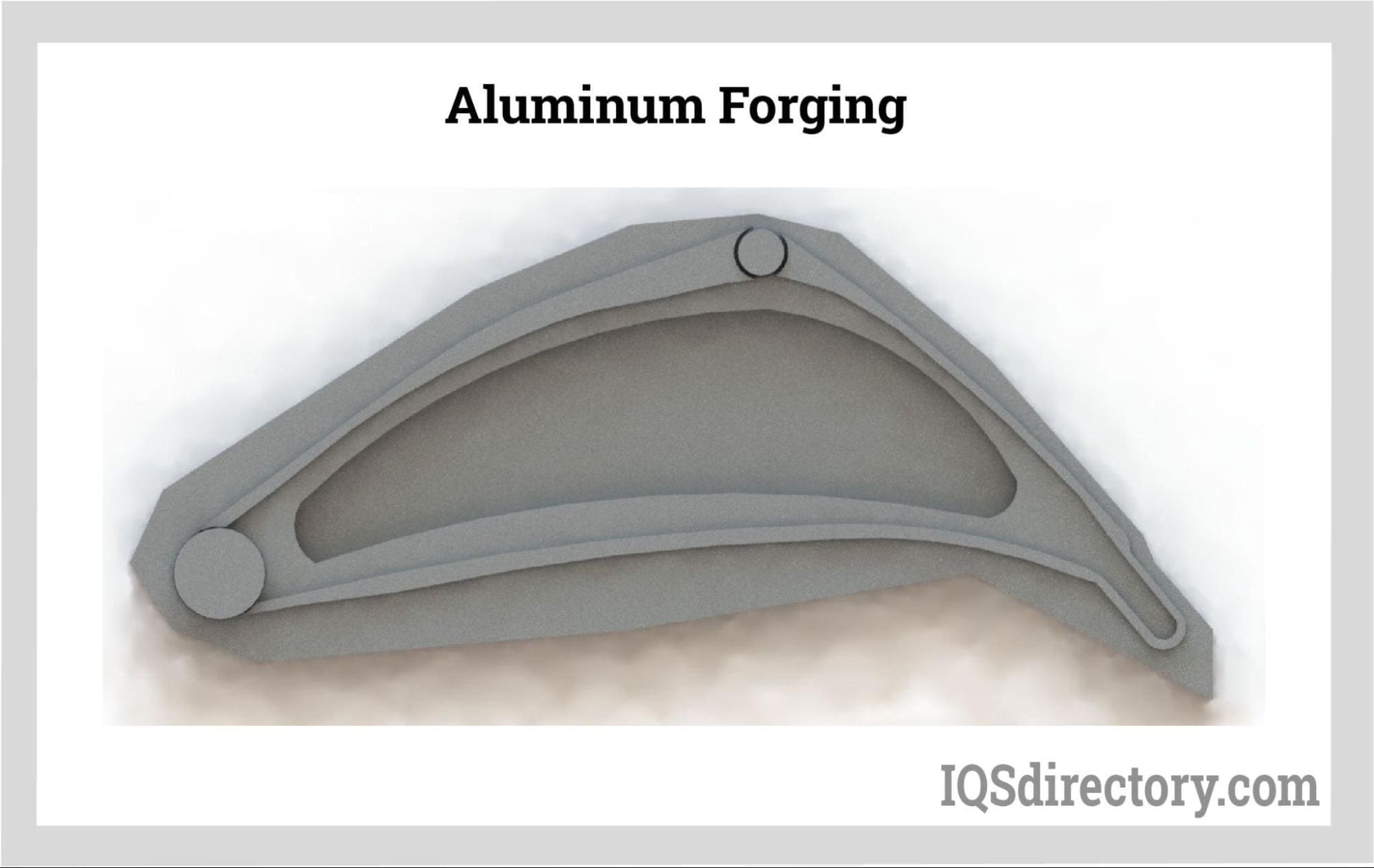
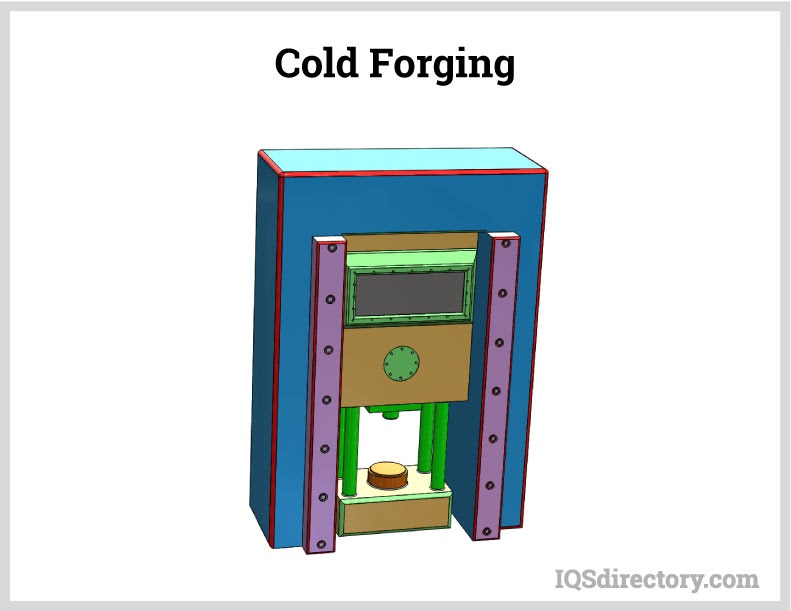
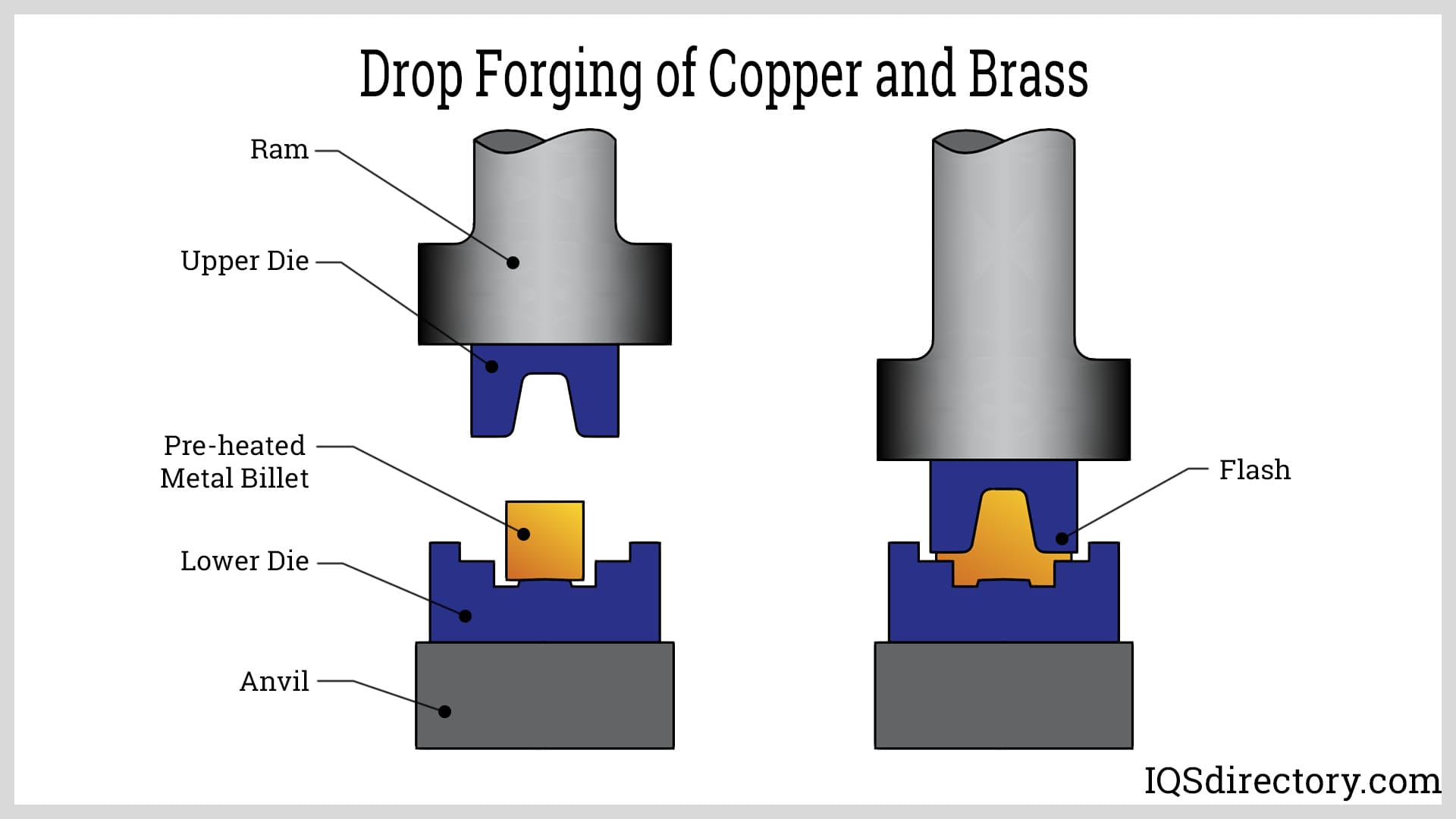
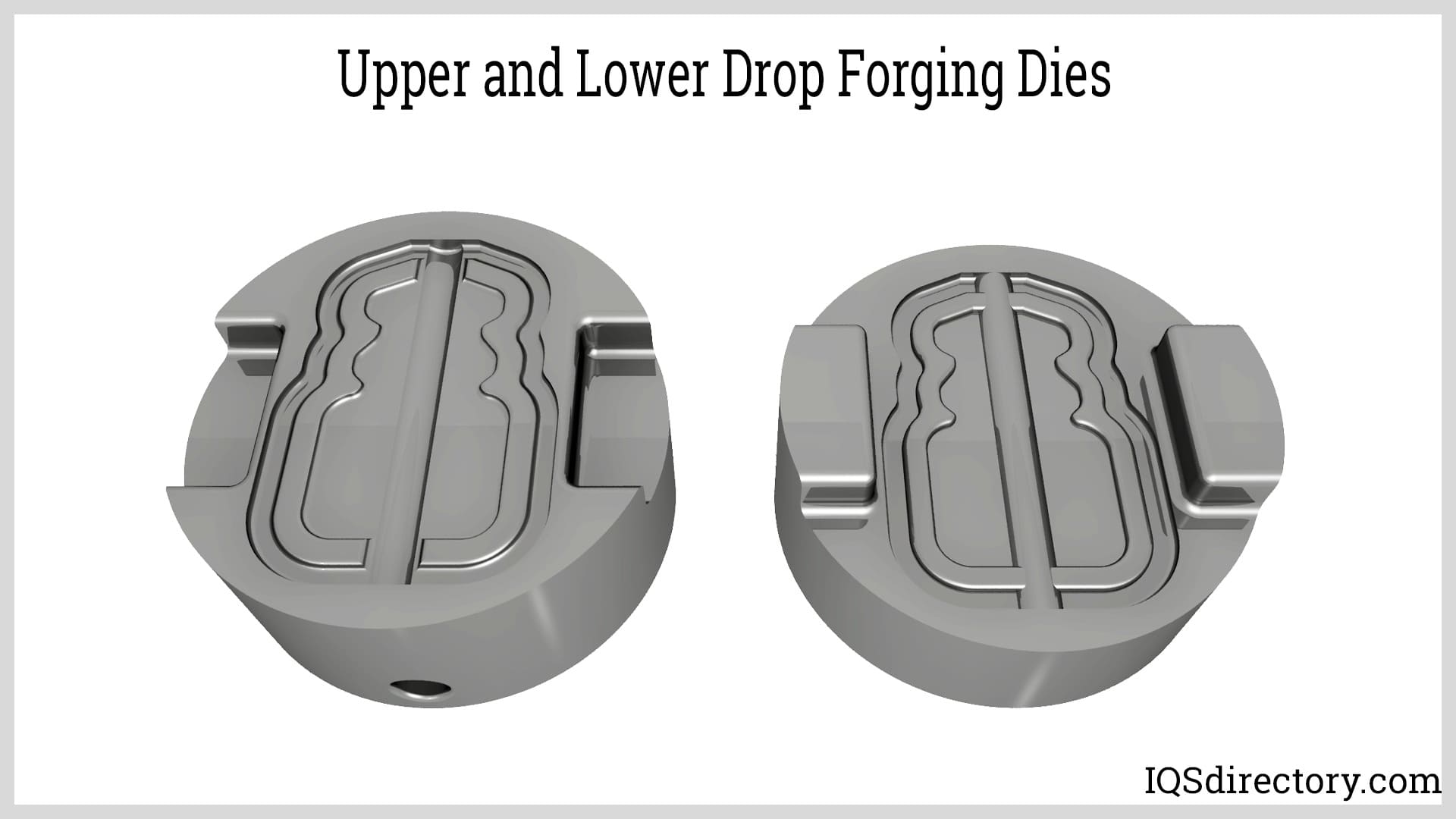
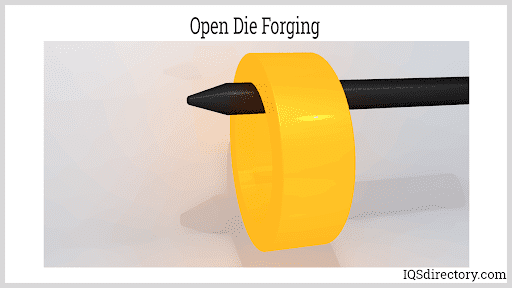
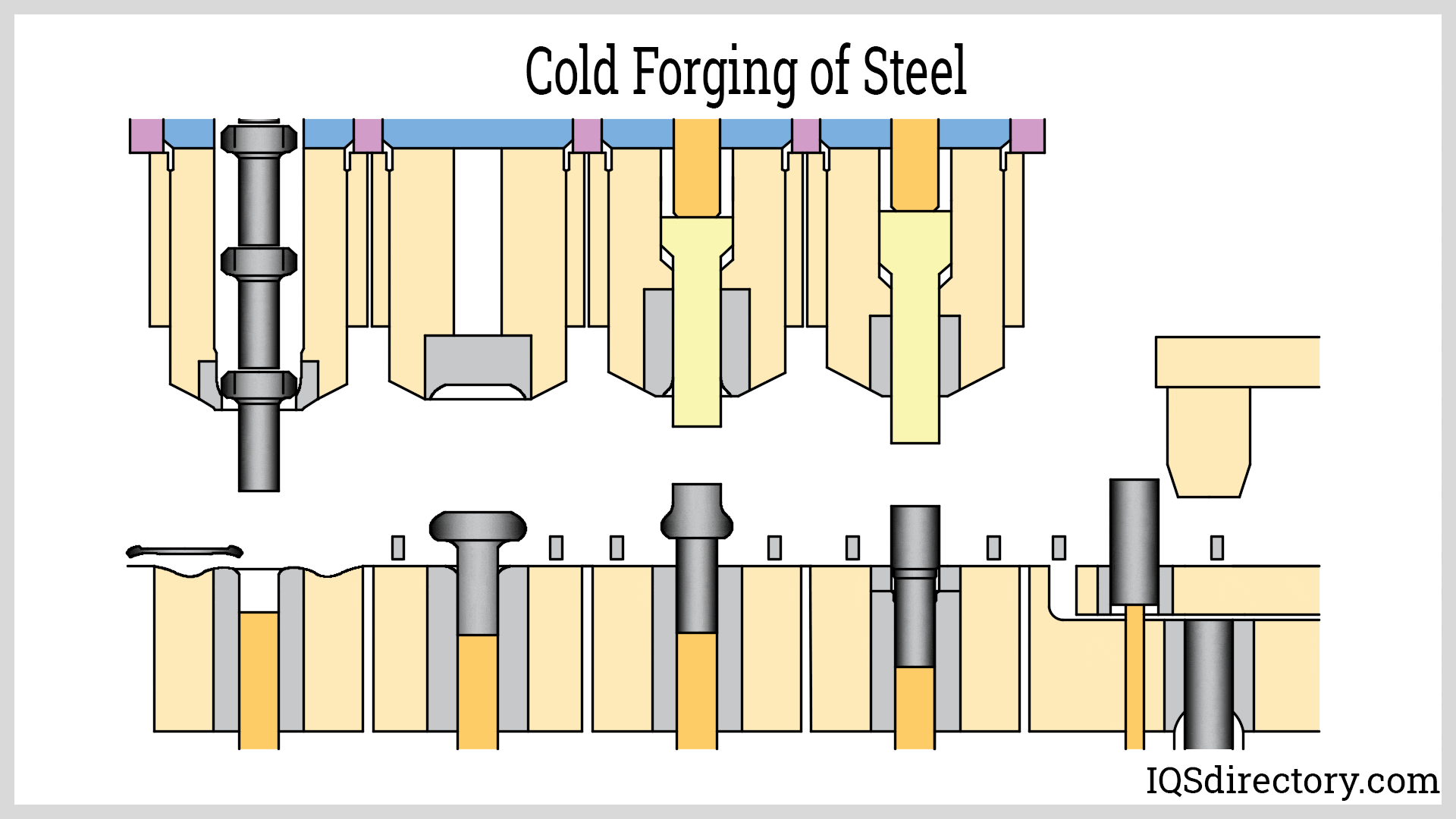
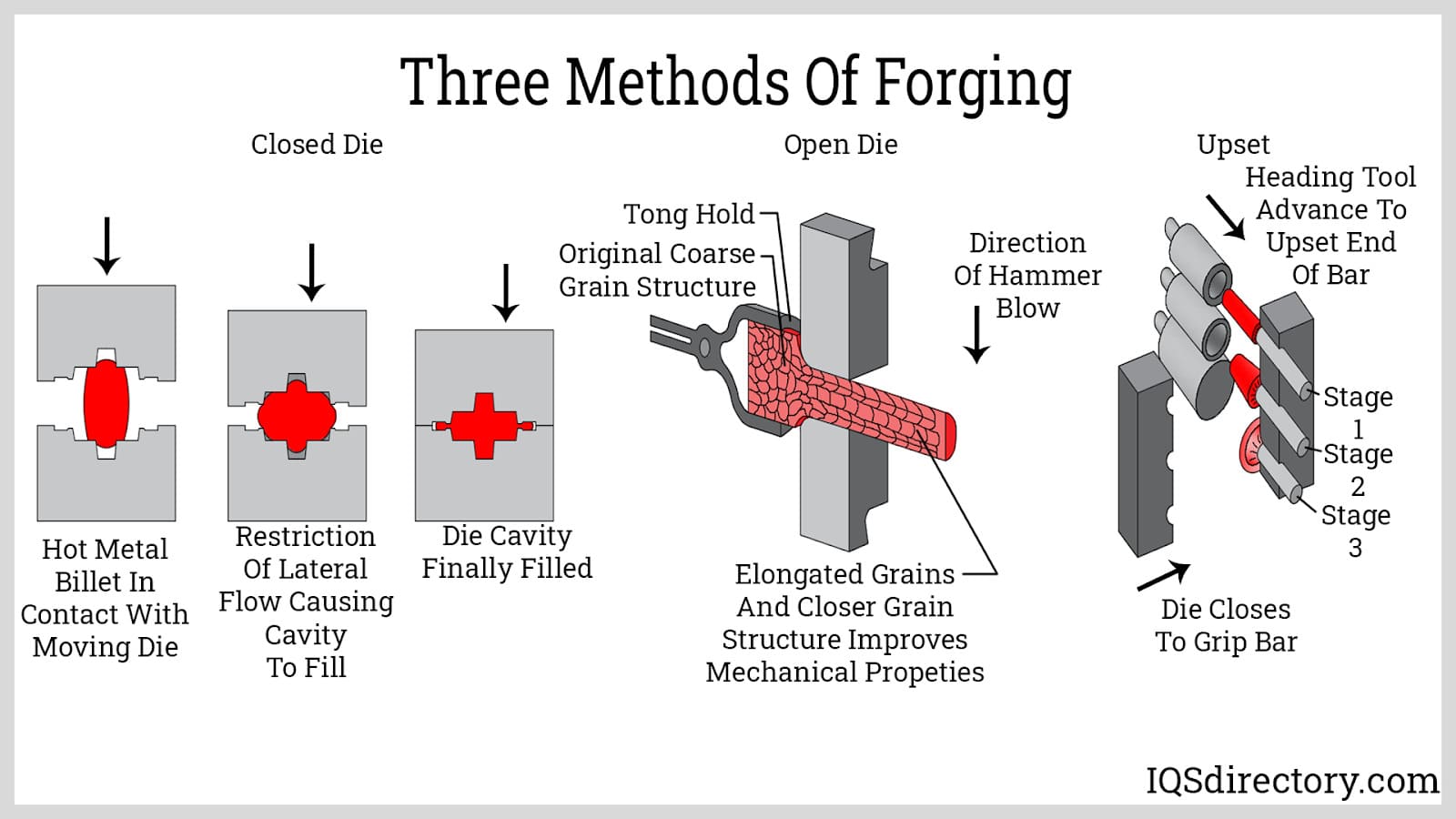
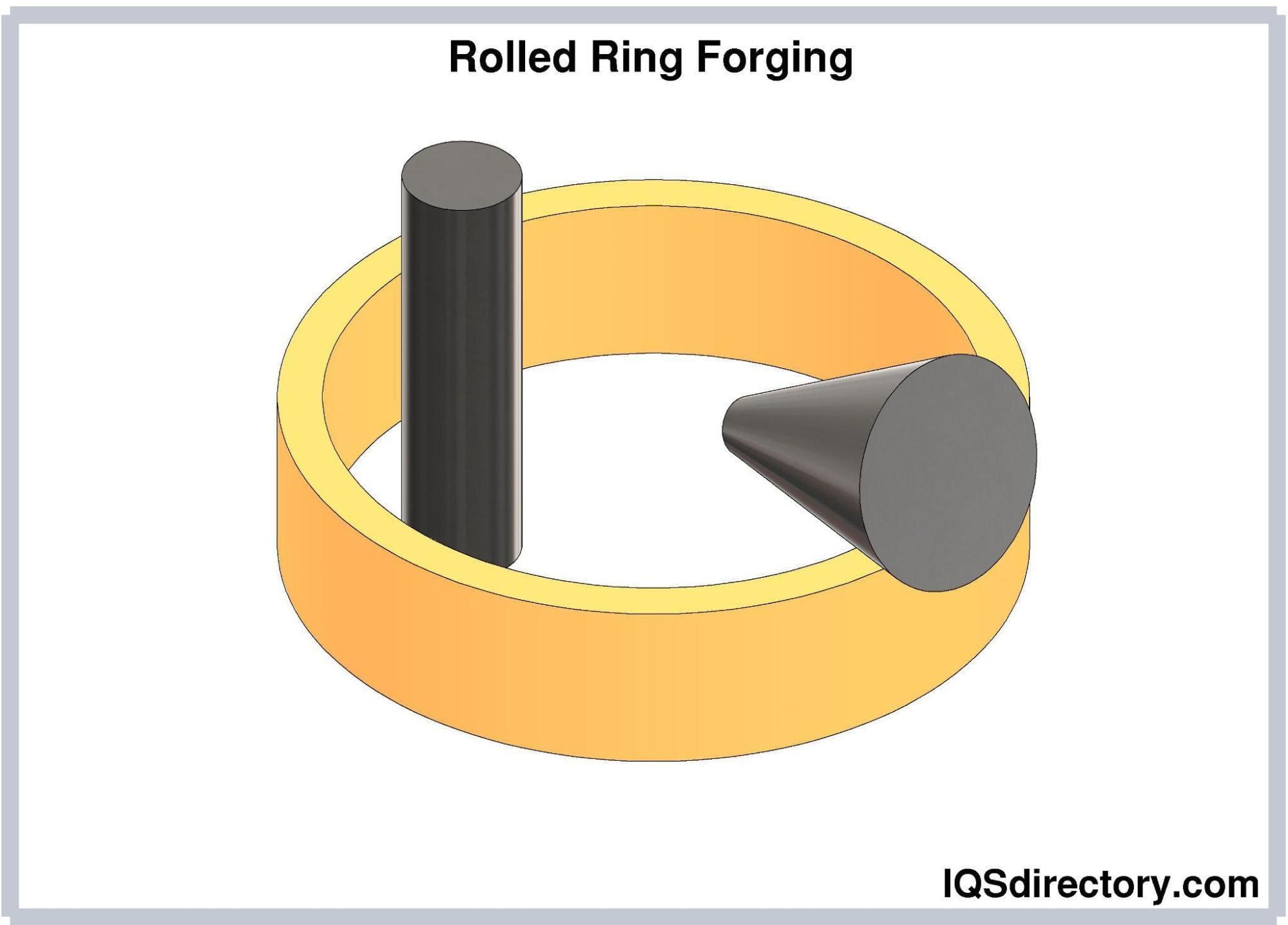
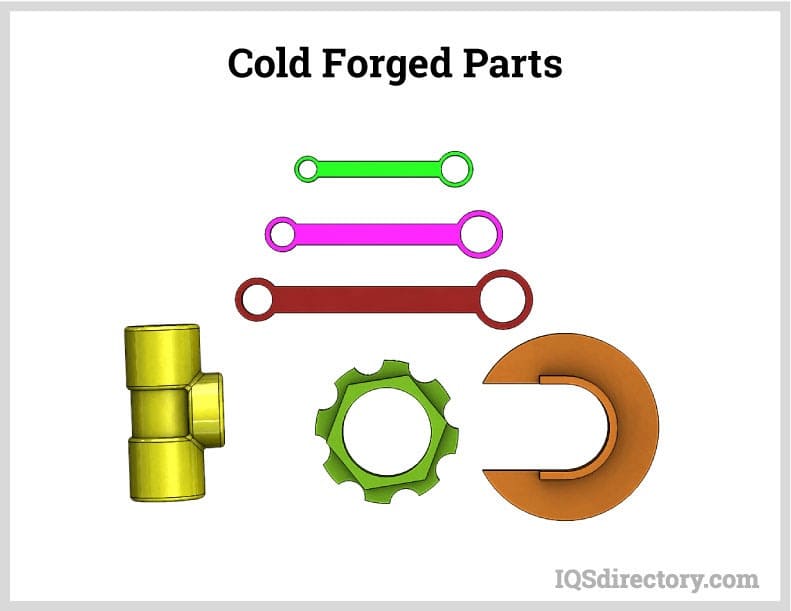

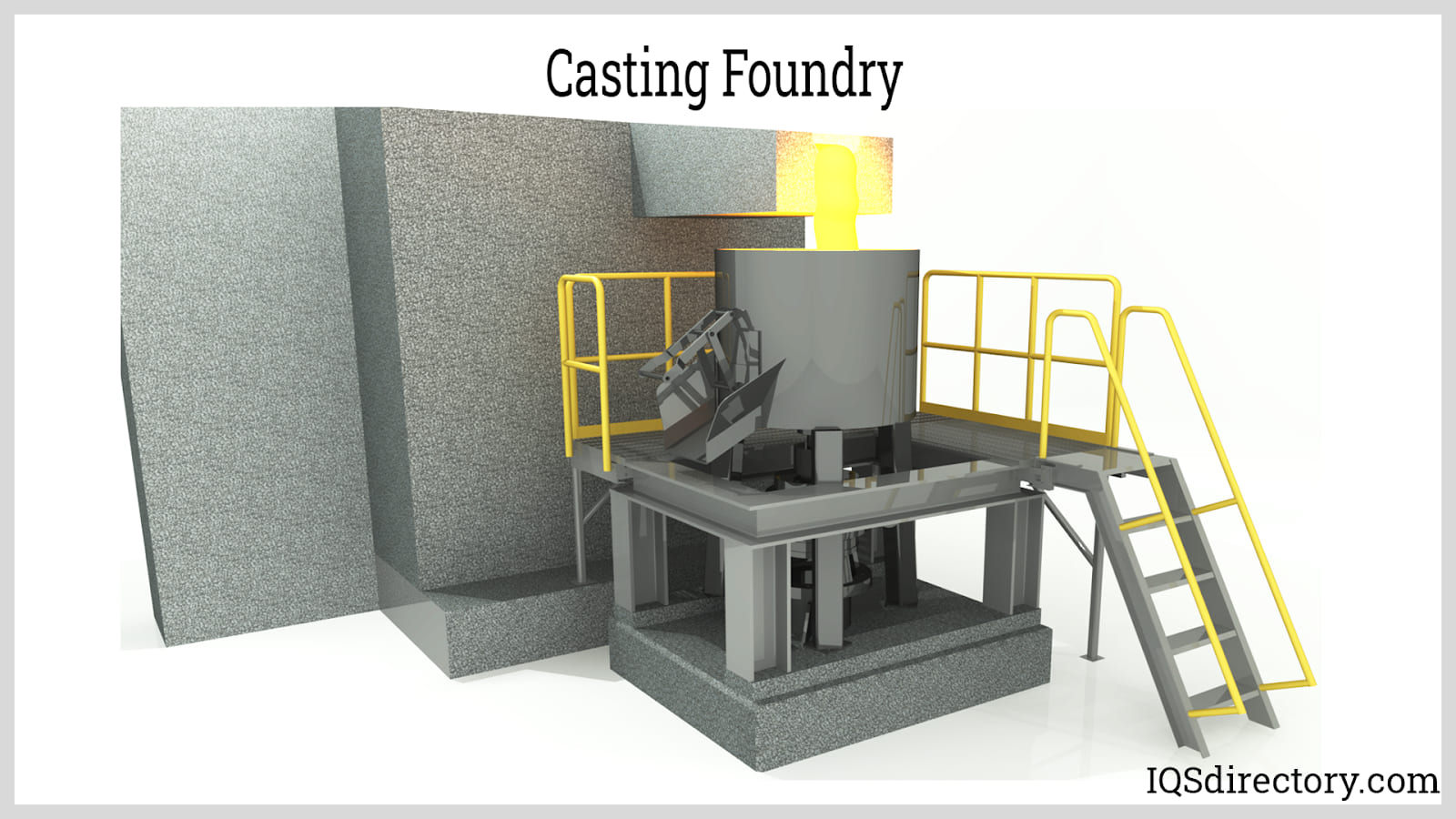
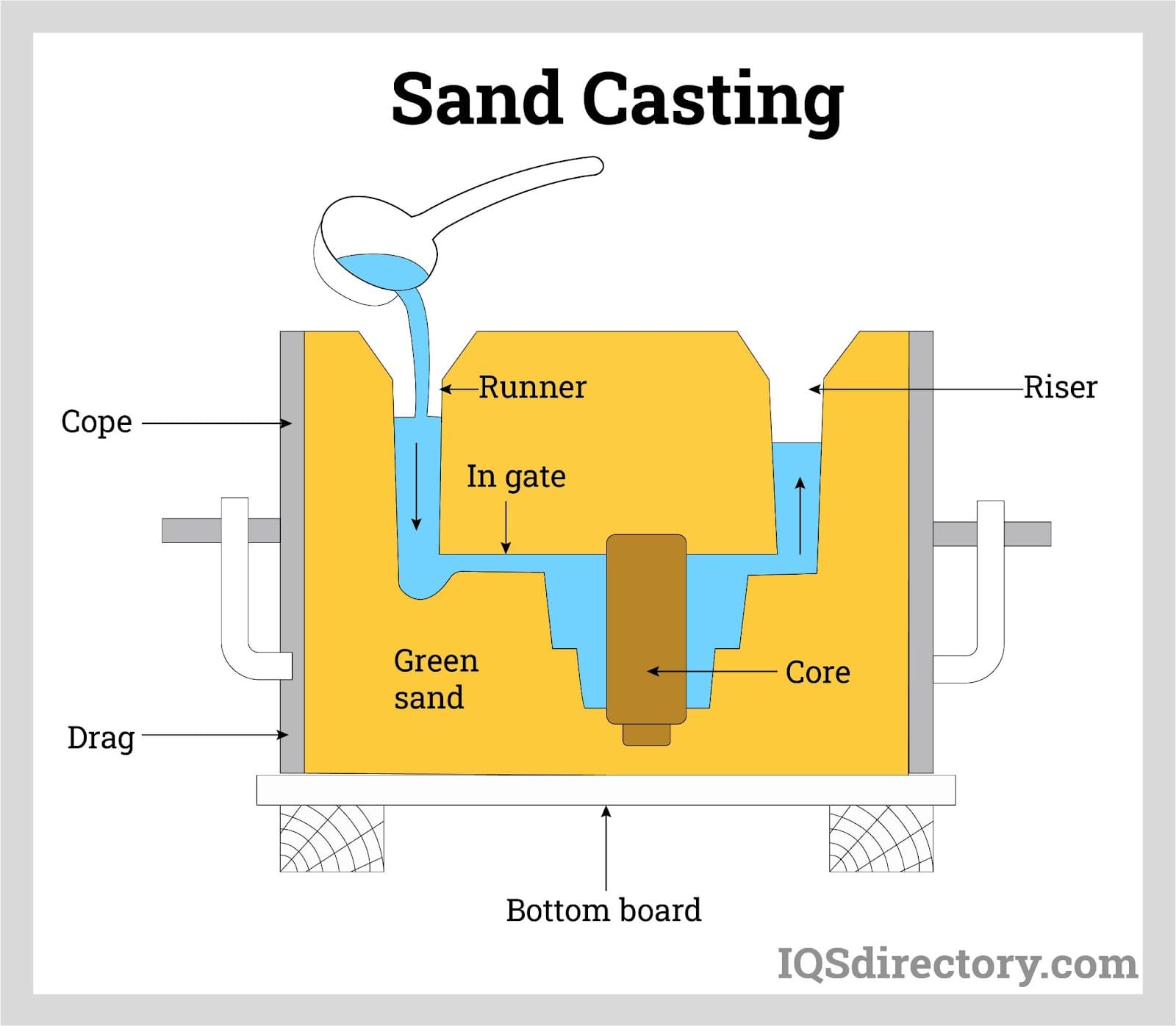
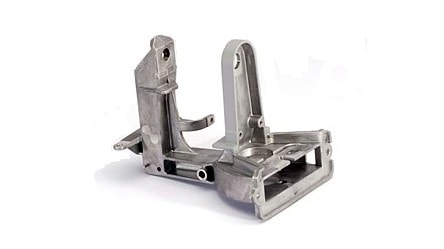 Die Castings
Die Castings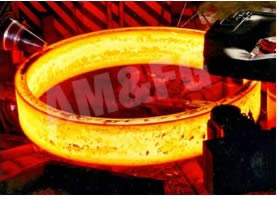 Forgings
Forgings Grey Iron Castings
Grey Iron Castings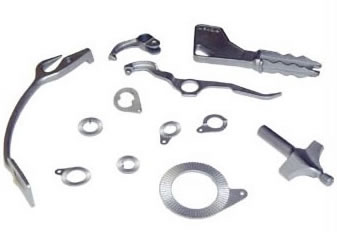 Investment Castings
Investment Castings Castings & Forgings
Castings & Forgings Bulk Material Handling
Bulk Material Handling Electrical & Electronic Components
Electrical & Electronic Components Flow Instrumentation
Flow Instrumentation Hardware
Hardware Material Handling Equipment
Material Handling Equipment Metal Cutting Services
Metal Cutting Services Metal Forming Services
Metal Forming Services Metal Suppliers
Metal Suppliers Motion Control Products
Motion Control Products Plant & Facility Equipment
Plant & Facility Equipment Plant & Facility Supplies
Plant & Facility Supplies Plastic Molding Processes
Plastic Molding Processes Pumps & Valves
Pumps & Valves Recycling Equipment
Recycling Equipment Rubber Products & Services
Rubber Products & Services